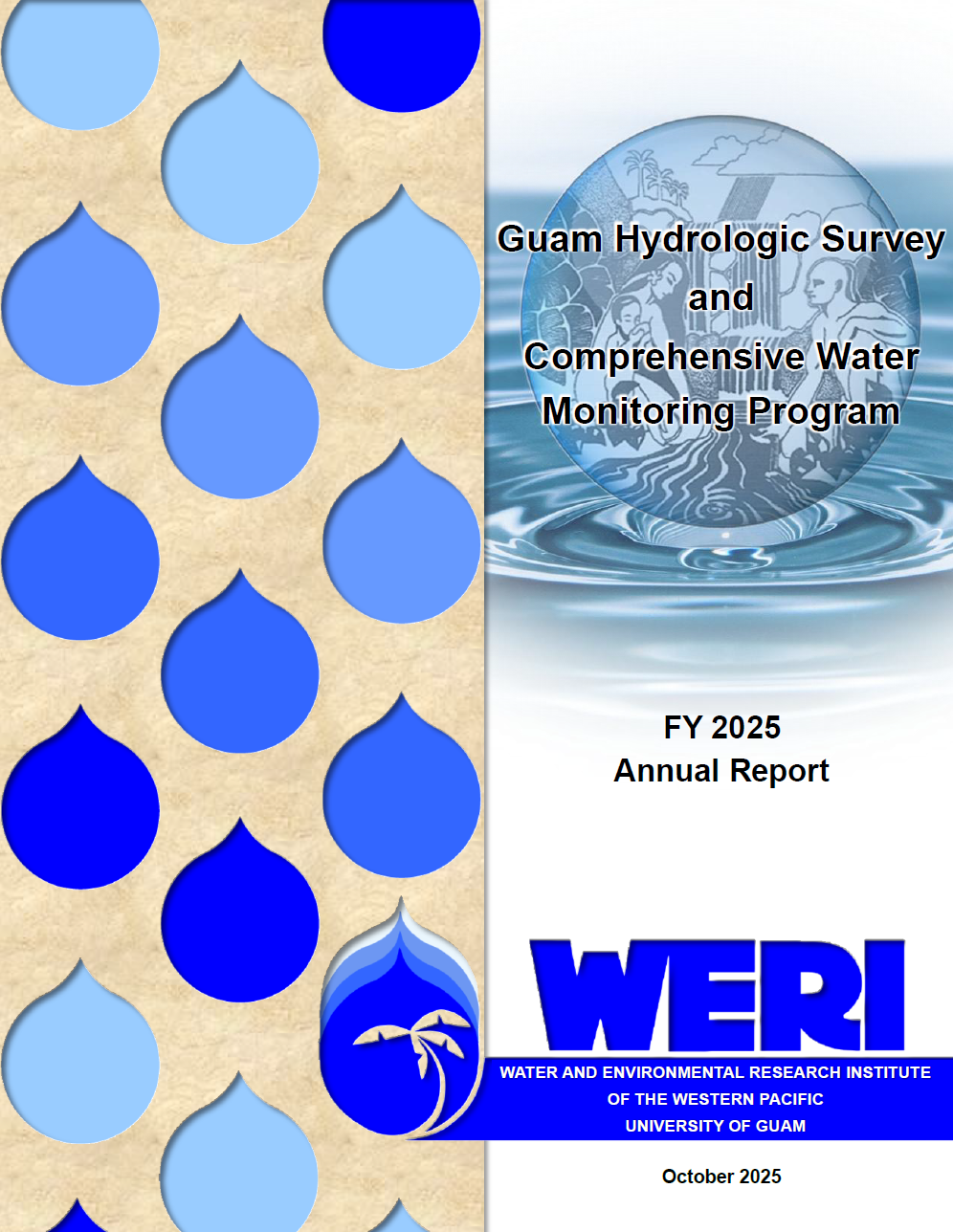WEBSITE NOTICE
Please pardon our progress!
We are currently migrating our site to a more secure and reliable platform. We are also in the process of rolling out major updates to improve performance, features, and reliability. During this transition, you may experience temporary interruptions or limited functionality.
We apologize for any inconvenience. Should you need any assistance accessing parts of our site, please contact us through our contact form (located in the menu bar: About GHS > Contact Us). A member of our team will try their best to assist you.
We appreciate your patience as we work to deliver a safer and more improved browsing experience. Thank you!
Sustainable Management
WERI White Paper 2019
THE WATER AND ENVIRONMENTAL RESEARCH INSTITUTE OF THE WESTERN PACIFIC Building on Success, Capitalizing on Strengths and Opportunities This white paper examines WERI’s mission and
Sustainable Water Resource Development and Management
Executive Summary Sustainable Development and Management of Guam’s Groundwater Executive Summary Sustainable Development & Management of Guam’s Groundwater: A Recommended Program Purpose The Sustainable Development

WERI organizes and integrates the GHS and CWMP programs to manage and execute the public law. Below is the WERI personnel organizational chart and each’s duties and responsibilities. The top tier management are WERI hydrogeologist, groundwater hydrologist, and meteorologist. The WERI groundwater hydrologist is the program manager. The research associate reports to the program manager, and is supported by a CWMP student intern.
Groundwater Resources Development Group and Technical Experts Group
WERI is also a member of the local water resource interagency organization called the Technical Experts Group (TEG) and the Groundwater Resource Development Group (GWRDG). The GHS and CWMP mandate requires interagency collaboration and cooperation, as written, “establish a direct working relationship with each organization collecting hydrologic data important to Guam, and maintain a permanent flow of new data from each organization to keep the data library up to date.” Attending local government and federal agencies are Guam Waterworks Authority, Guam Environmental Protection Agency, CUC, US Navy (NAVFAC, Marianas), USAF (CES), and USGS. Our interagency groups also include private consultants: Duenas Camacho and Associates, Allied Pacific Environmental Consultant (APEC), EA Engineering, Brown and Caldwell, and AECOM. Meetings are organized and held quarterly at Guam Waterworks Authority (Gloria B. Nelson Public Service Building), Fadian. Current discussion is the expansion of monitoring (observation) wells, see details in CWMP Research Projects section.
The interagency group is organized in the diagram below. It is formed of three groups: executive, working, working group, and the technical team.




